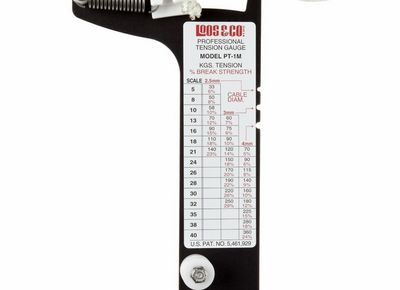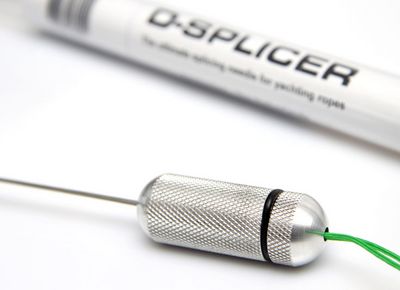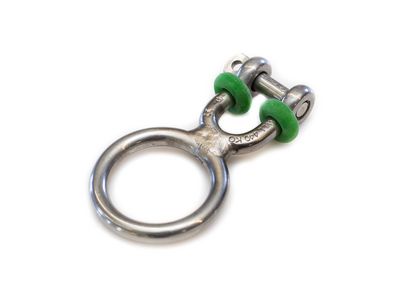In 1987, Andrew Landenberger starts to build the first sails in Australia under his own label.
In 1989, "Landy" won the Australian Championship and World Championship in the Moth class with a clean sweep. Andrew's desire to build fast sails led to more and more focus on professional sailing and sailmaking.
In 1996, Andrew won an Olympic silver medal in Atlanta in the Tornado class with Mitch Booth. Since then, Andrew has dedicates his full energy to sailing.
In 1997, Andrew decided to move with his family to Germany. Soon after he started under the Ullman label as Ullman Sails Germany the sails production in Titisee.
In 2001 he founded his own label Landenberger Onedesign and further expanded the production.
In 2004, Felix Egner joins the company, Felix is a trained sailmaker and has completed his training with the renowned Sailloft "Fritz sails" in Prien am Chiemsee.
In 2005, Andrew and Felix sailed the Topcat K1 World Championship "just for fun" to become world champions. In 2006 they become third at the F18 World Championship.
In 2008, Henning Runge started working as a sailmaker at Landenberger Onesdesign, Henning previously worked as a sailmaker at North Sails, Wendel and Rados, and Faber and Münker.
In 2016, Felix Egner takes over Landenberger Sailing and continues the sail label Landenberger OneDesign.
Meanwhile, sailmaking is a full time job and Felix keeps the company going. Andrew has since started a coaching career and finished it in 2016 with an Olympic silver medal as coach of Jason Waterhouse and Lisa Darmanin in Rio.
Currently he runs his farm in Australia and continues to work as a consultant for the sailloft, supporting us during the cold season with sailing tests in Australia.
Although Andrew now spends more time designing sails and farms, he is still one of the world's leading multi-hull sailors.
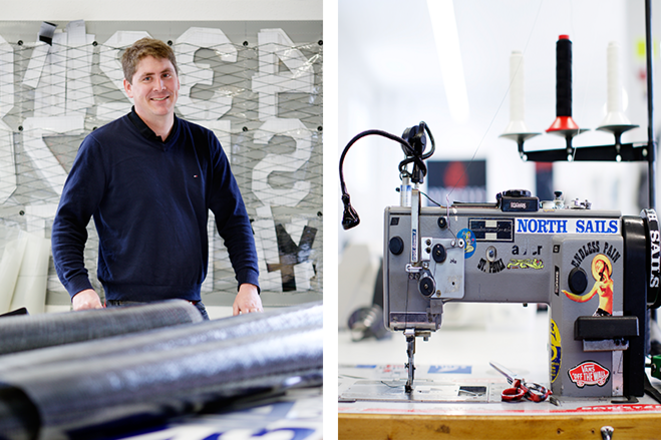
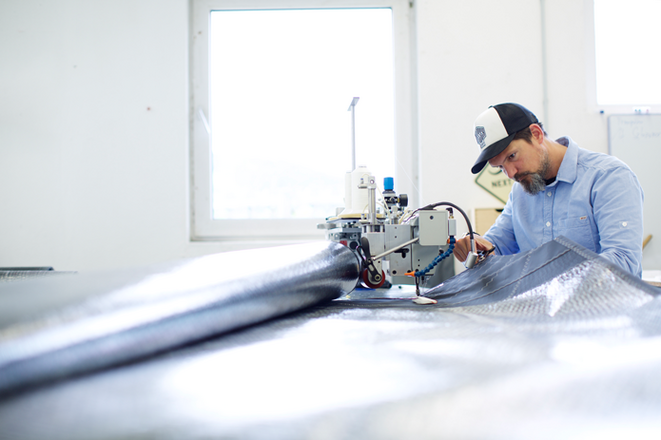
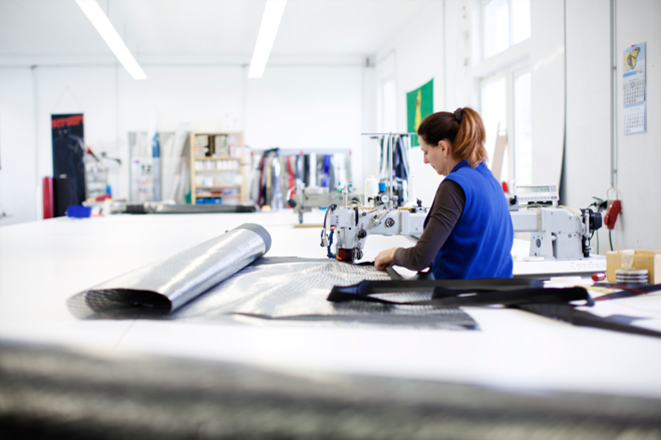
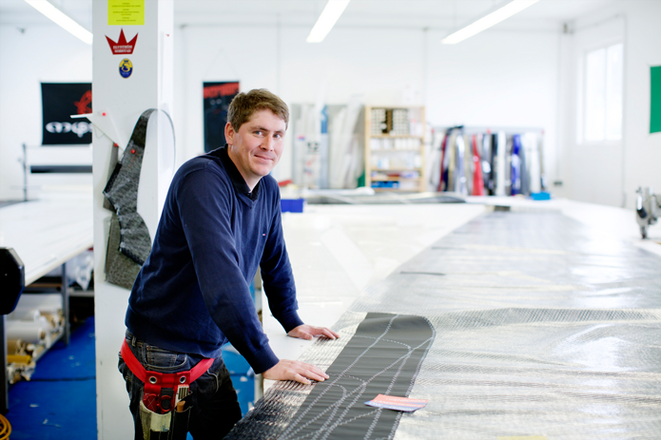
- How much is a sail repair?
That depends on the damage. The best way is to see a sail at our site. Alternatively, a picture of the damage by mail. In this case, it might be possible that we will find more damages that were not apparent in the photo. In this case, we will contact you.
- Why does my luff gets damaged that quick?
Often the wear is due to sharp mast grooves of carbon masts. The same luff, in combination with an alumast, can last 10 years without any problem. Unfortunately, the wear on the luff can hardly be prevented. Generally you should carefully push or pull up the sail up the mast.
- How much does shipping of sails cost?
Over the past 20 years, we've gained extensive experience with various logistics partners. Determining package prices isn't always straightforward, as we now need to request daily updated rates.
Packages exceeding 2 metres in length and with a girth measurement over 3 metres unfortunately see a significant shipping price increase, as these packages often require freight carrier services.
Please consider the following prices as rough guidelines only, and we recommend requesting an actual quote specific to your product and shipping destination.Germany:
Packages up to 10kg (max. 120x60x60 cm) = €10.49
Sail carton up to 2 metres long with girth under 3 metres: €40.00European Union:
Packages up to 10kg (max. 120x60x60 cm) = €21.49
Sail carton up to 2 metres long with girth under 3 metres: €70.00United Kingdom & Switzerland:
Packages up to 10kg (max. 120x60x60 cm) = €34.99
Sail carton up to 2 metres long with girth under 3 metres: €120.00Important Note
Customers are responsible for paying import duties and taxes separately. These will not be invoiced by us.For all other countries like the USA or Australia, we'll need to calculate prices individually. This also applies to larger packages requiring freight carrier shipping.
- How do I properly roll up a sail?
We often receive sails from our customers that are rolled up from the bottom up. Sure - the sail is pulled out of the mast and here you have no choice. We recommend to roll up the sail at this moment only loosely, because here the luff of the sail lays over the sailcloth and this becomes ever more wavy and softer. This soft cloth in the front of the sail is especially noticeable in sails that are pushed up, because the force can not be transferred so well. It is best to roll up your sail from top to bottom after sailing before it enters the sailbag. The battens can stay in the season. Over the winter we recommend to pull the battens completely out of the sail, otherwise they will twist. Sails must always be stored dry.
- Can I choose the material of the sail myself?
Generally, the choice of materials is open, depending on the boat class, there is the possibility to use the complete range of canvas canvas. Details can be discussed with us.
- Can you give me a price for a new sail?
Of course we like to do it. To name a very rough price, we need the sail area. The price is of course very variable and varies according to the equipment of the sail.
- How do I measure my old sails?
We do not advise to measure your old sail yourself, depending on the age and condition of the sail the measurements can be wrong. It's better to send us the old sails and we'll do it for you. The best was is to get the measurements direct of on the boat.
- How long does it take till the sail delivery?
This varies depending on the type of sail and the season. We have individual types of sails in stock and can deliver within a few days. Custom-made products take longer of course, depending on the season about 1-6 weeks.
Beginning of the autumn and end of the sailings season it is going to be a bit quieter.From mid-January delivery times will be longer again.
- Is there a winter discount?
We have a winter discount of 10% from October till the end of December. During the season we have always interesting used or test sails for a reasonable prices on stock.
- Can I pick up or drop my sail outside normal opening hours?
This is possible in most cases, please let us know when you would come by and we will clarify it with you.
- Do you guys repair boats as well?
Unfortunately, no. But as a sailmaker we have various ropes and fittings on stock, which may help you a bit.
- How should I setup my mast?
The mast setting is nuts and bolts when the sails should work properly. Depending on the type of boat but the mast is a completely separate topic, you will find out more directly from us.
